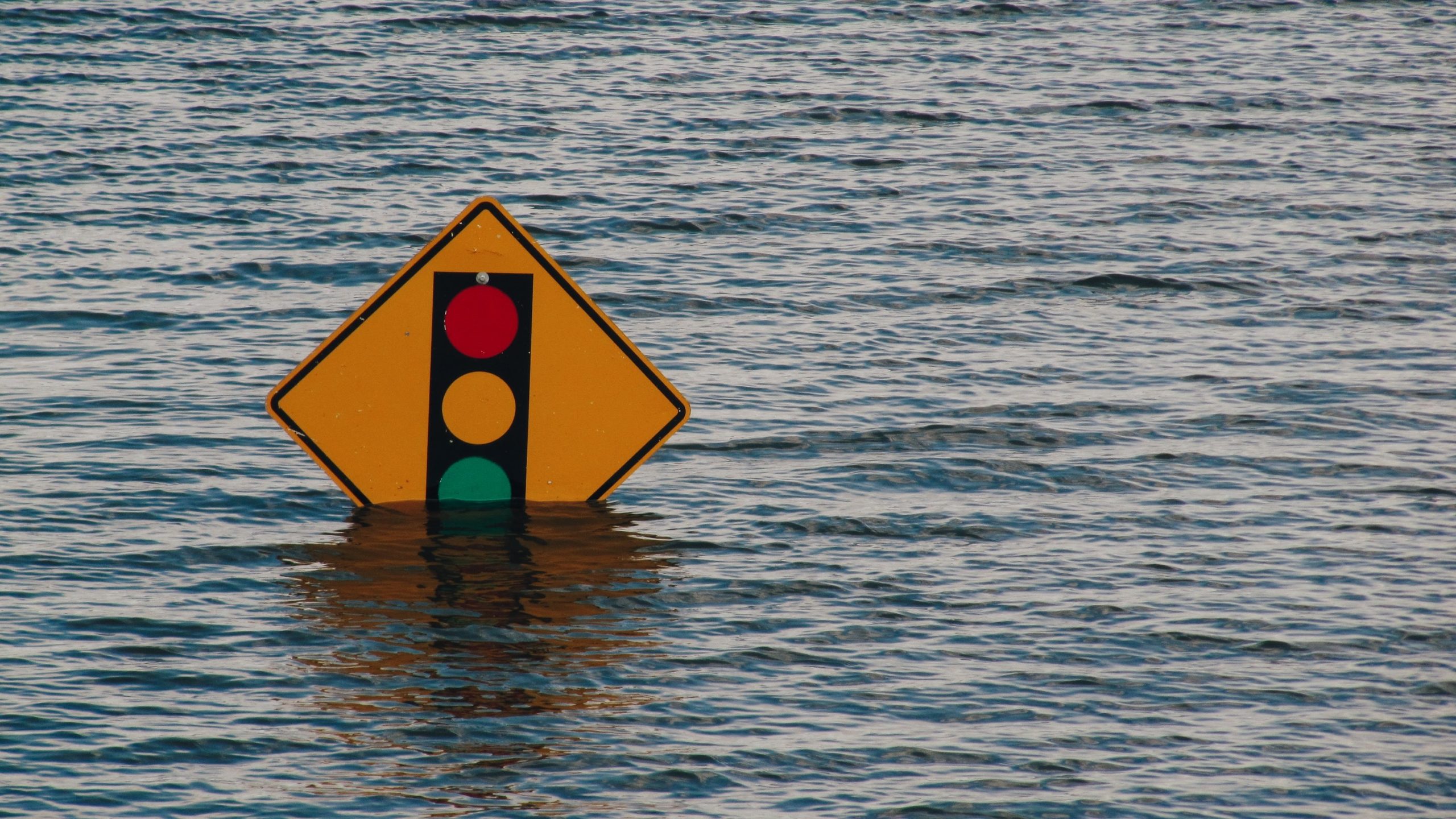One of my favorite things that I own is a necklace in the shape of my country. Today, if you took it to space and used it as a frame of reference, you might not be able to point out my country. That is because it is currently underwater.
Some quick facts: Pakistan is among the top 10 countries most vulnerable to climate change. It produces less than 1% of the world’s carbon emissions, but is ground-zero for climate-related disasters. This is because, after the Arctic, it is home to the most glaciers in the world, and is also subject to intense monsoon rains and heatwaves due to its position near the equator.
The country’s geographic positioning, combined with structural inequality, inadequate infrastructure, historical colonialism, and ongoing imperialist extraction, has had a devastating cumulative effect this past month. 1 in 7 Pakistanis have been affected by “super floods” that have submerged the country. At least 1300 people have been killed and over 33,000 have been displaced. In addition, 900,000 livestock have perished, almost all of the crops have been destroyed, and one million houses have been washed away.
Being an international student in times such as these is a strange experience. It requires some degree of compartmentalization—how else do you cope with the fact that one-third of your country has been washed away? How do you go about your day when a giant lake has taken the place of a vast area of once-habitable land? How do you take discussions of climate policies and scholarly articles seriously when you are witnessing the end of the world—or perhaps, just your world—from afar, in real time?
It is true that Pakistan’s governance and infrastructure leaves much to be desired, but no amount of adaptation or planning could have averted this disaster. In the wake of these apocalyptic floods, the countries that are the most responsible for the climate crisis have done very little, if anything, for a nation that is drowning both literally, underwater, and figuratively, in debt. The Global South does not deserve piecemeal aid, limited media coverage, and a reluctance to cut down on fossil fuels. Instead, vulnerable countries need wealthy, high-emitting countries to provide reparations for climate change, in addition to external debt cancellation so that affected countries’ resources can be channeled into relief and rehabilitation efforts.
It is also important to remember that these floods are not an anomaly. They are the new normal that every nation in the world is rapidly hurtling towards, and we are currently only at 1.2°C of warming. This is the world we now live in—where millions can be rendered homeless in one quick blow. Over the past week, many have shared infographics contrasting the number of people affected with the total population in other regions. For example, the number of Pakistanis directly affected is:
- More than the population of Texas
- More than the population of Australia
- 90% of the population of Canada
- 6 times the population of Ireland
- 6 times more than those internally displaced in Ukraine
We could be here all day, creating any number of configurations to attempt to put this incomprehensible disaster into perspective. However, numbers will never be able to accurately reflect the scale of the tragedy that has occurred and the acute sense of loss, grief, anger, and helplessness. And this isn’t the end; more water is coming, in addition to economic, health, refugee, food, and education crises. If you are able to, please consider donating to flood relief efforts in Pakistan:
- GoFundMe – Verified Fundraisers
- Al-Khidmat Foundation
- Women Democratic Front
- World Food Program
- UNICEF
Written by Syeda Mahnoor Raza (’24)
Photo by Kelly Sikkema on Unsplash

